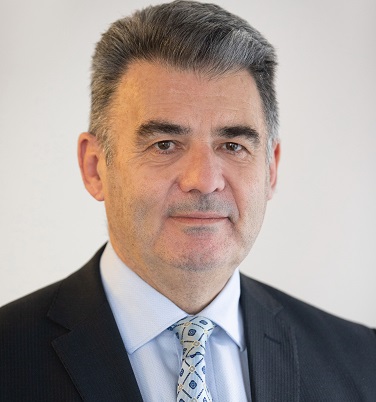Beginning from 1 July 2012, the Australian Government is making a series of improvements to super over the next seven years to help protect and grow the savings of Australians.
Individuals
Improvements have been made to the free online tool, SuperSeeker to make it much easier for individuals to keep track of the super. The system will allow individuals to see details of their active accounts as well as any lost super or super that the ATO holds on their behalf. In order to log into the system, individuals will require their TFN as well as a notice of assessment or super account member statement (from any of the past five financial years), and bank account details, a PAYG payment summary, a dividends statement or a Centrelink payment summary (from the past two financial years) in order to verify their identity.
It is essential that an individual’s super fund has their TFN in order for them to take full advantage of the improvements being made. Once the super fund has an individual’s TFN, the individual will realise the following benefits:
- The fund will pay less tax on employer contributions, the benefits of which will be passed on to the individual
- The individual will be less likely to lose the super account
- The individual will not miss out on government super payments
- The individual will be able to make personal contributions to the fund
Soon employers will be legally required to provide more information on employee payslips about the super being paid into their account.
New changes will mean the following for individual’s supers:
- A $500 annual boost for low-income workers (i.e. workers earning $37,000 or less per year) from the 2012-13 financial year
- Increasing the employers’ contribution from 9% to 12% (by 2019-20)
- Removal of the upper age limit from 1 July 2013
From 1 July 2012, concessional (before tax) contributions cap will be $25,000. If the cap is exceeded by no more than $10,000 in 2012-13 and it is the first time an individual’s concessional contributions have exceeded the cap since 1 July 2011, they may be entitled to receive a once-only offer to have their excess contributions refunded and taxed at their marginal rate, rather than paying excess contributions tax.
Employers
As mentioned above, employers will be affected by new payslip requirements which provide more information about super being paid into employees’ accounts.
Also, as previously mentioned, there will be changes to the super guarantee rate from 9% to 12% over the next 8 years. Consequently, employers need to update their payroll and accounting systems to include the increase to the super guarantee rate.
The removal of the super guarantee upper age limit may mean that employers will be required to make super guarantee payments for eligible employees 70 years and older.
The introduction of a data and e-commerce standard will make it possible for employers to send contributions to all funds in one standard electronic form which removes the need to submit the same information to separate funds in different formats.
It would be beneficial for employers to refer the following checklist: http://www.ato.gov.au/superfunds/content.aspx?menuid=0&doc=/content/00320488.htm&page=14&H14
SMSF Trustees
Rules for SMSFs investing in collectables and personal use assets have been tightened, and trustees have until 1 July 2016 to ensure that collectables and personal use asset acquired prior to 1 July 2011 comply with the new standards or are disposed of.
From 2012-13, trustees are required to regularly review their fund’s investment strategy in order to ensure that the fund’s investment strategy continues to reflect the purpose and circumstances of the fund and its members
A trustee’s obligation to keep money and other assets of the SMSF separate from those held by the personally will become an operating standard as of 7 August 2012, giving the ATO the power to enforce compliance with this obligation.
Trustees need to value the fund’s assets at market value for the purposes of preparing financial accounts and statements. This will apply to statements starting from the 2012-13 income year.
As of 1 July 2013, SMSF auditors will need to be registered with ASIC in order to undertake SMSF audits. These auditors will be issued with an SMSF auditor number (SAN).
From 2015, it is expected that SMSFs will also be required to the use new standard for payments and receipt of rollovers under the new data and e-commerce standard (discussed above). A new regulation is required to introduce this change.


